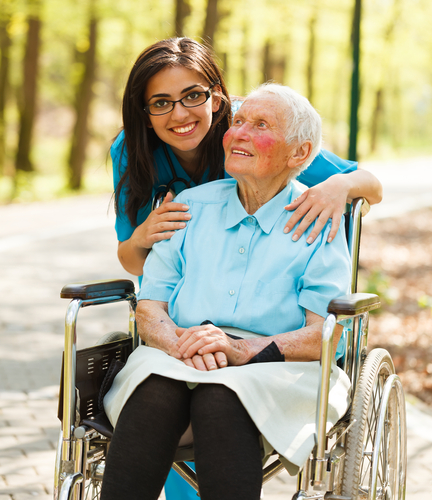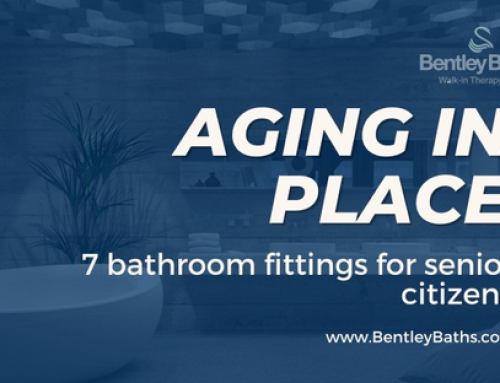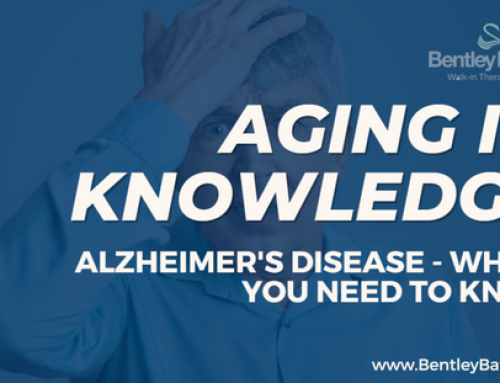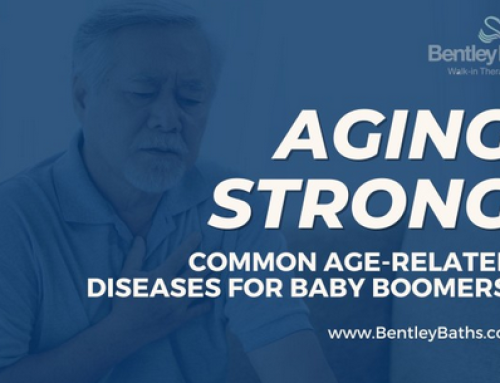Good morning everyone and Happy New Year. It’s National Bath Safety Month, so all month long we will be providing you with information regarding safety in your home.
We’d like to kick this month off with an article for care givers and how to better approach providing assistance for your care recipients.
Care giving is a tough job and every attendee you come across will be different. In order to provide the best care giving possible, you will need to be knowledgeable on how to deal with varying situations.
By doing so, you can create a rewarding experience for both yourself, as well as, the recipient of your care.
How, you ask?
Proper etiquette.
Etiquette can go a long way in building a strong relationship with your care recipient by keeping certain basic, yet important, aspects in mind.
Here are a few tips that can help you become a polished, confident, and professional caregiver.
1. Communication Is the Key
 Communication can help you successfully connect with your patient(s).
Communication can help you successfully connect with your patient(s).
Broaching controversial topics (or avoiding them altogether) with logic, respect, and sound information can prevent offending a patient — topics such as religion, politics, salary, inappropriate humor, and gossip.
A few that are u safer subject alternatives include: weather, traffic reports, sports, travel, books, and television programs.
When talking with a patient, remember that you’re the care provider, so try to steer clear of discussing personal issues with a patient.
2.Be Mindful of Your Body Language
 Our body language is a key component of communication; 80% of communication is non-verbal.
Our body language is a key component of communication; 80% of communication is non-verbal.
When making conversation, don’t forget that the care you invest in your words can be undone with off putting body language.
As a healthcare provider, you will interact with patients from diverse cultural backgrounds. Be conscious of the fact that your body language could unknowingly offend someone and/or may not be conducive to healthy, robust conversation.
Have a look at the this chart further explaining Non-verbal Communication Cues.
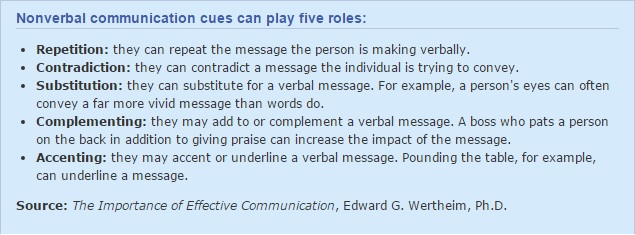
3.Other Essentials to Keep in Mind
- Be mindful of the care recipient’s rest hours — if visitors (family, friends, colleagues, etc.) become too frequent and lengthy in their duration, it can become physically draining for your patient.
- Ensure all messages from family members are given to the patient without fail.
- Remember to respect the care recipient’s independence — it is important that the individual you are providing care giving services to has control of their own money as long as they are capable of doing so.
- Every patient is different, requiring both mental fortitude and patience on your part as both you and your care recipient are navigating uncharted territory — try putting yourself in the care-receiver’s shoes.
- Sharpen your listening skills — we all need someone to talk to from time to time, but it’s your business to make sure your patient is being heard.
 Care giving is a difficult practice and can leave the the provider (you) both physically and mentally exhausted. You will face situations that are both intimidating and difficult to handle, however, by keeping the aforementioned tips in mind you’ll be able to make the most of your experience.
Care giving is a difficult practice and can leave the the provider (you) both physically and mentally exhausted. You will face situations that are both intimidating and difficult to handle, however, by keeping the aforementioned tips in mind you’ll be able to make the most of your experience.
Moreover, these tips will help you provide the best care possible for your patient.

